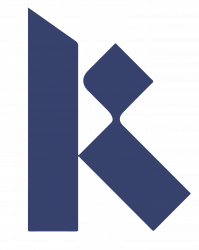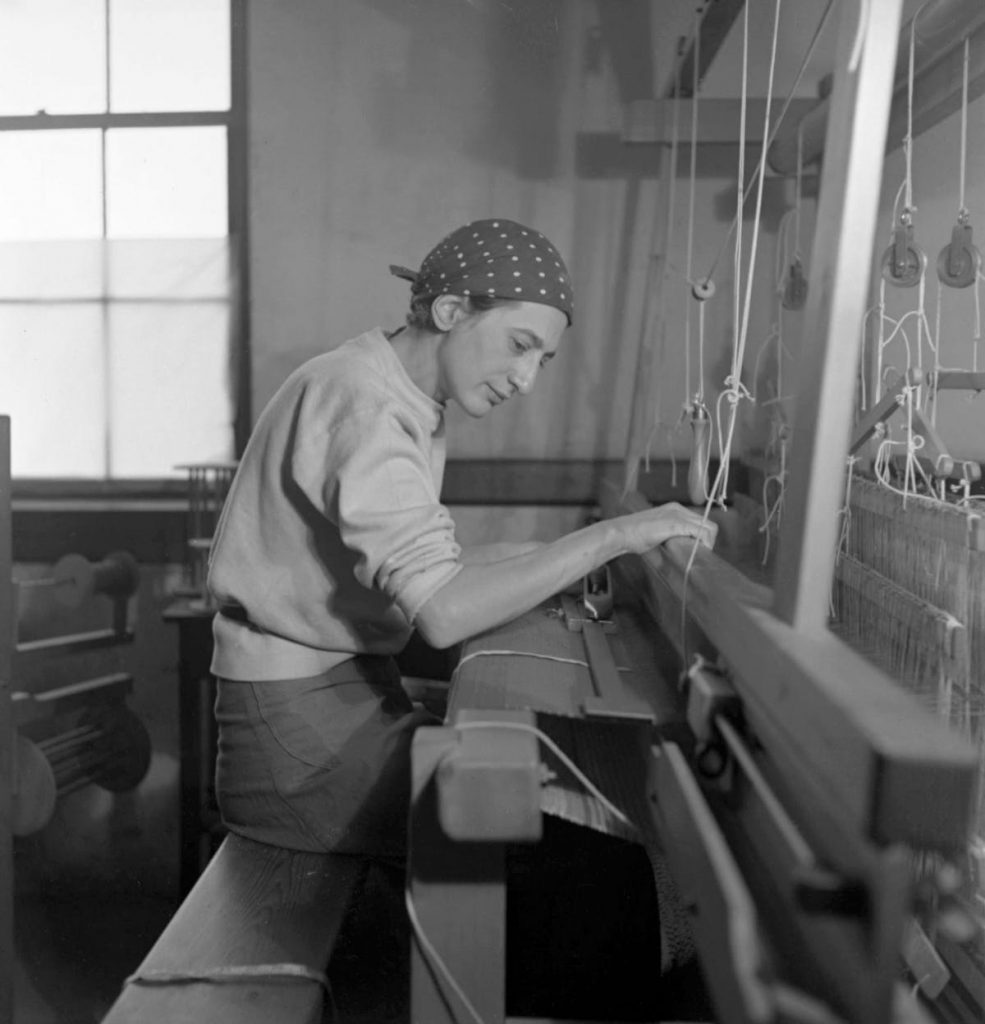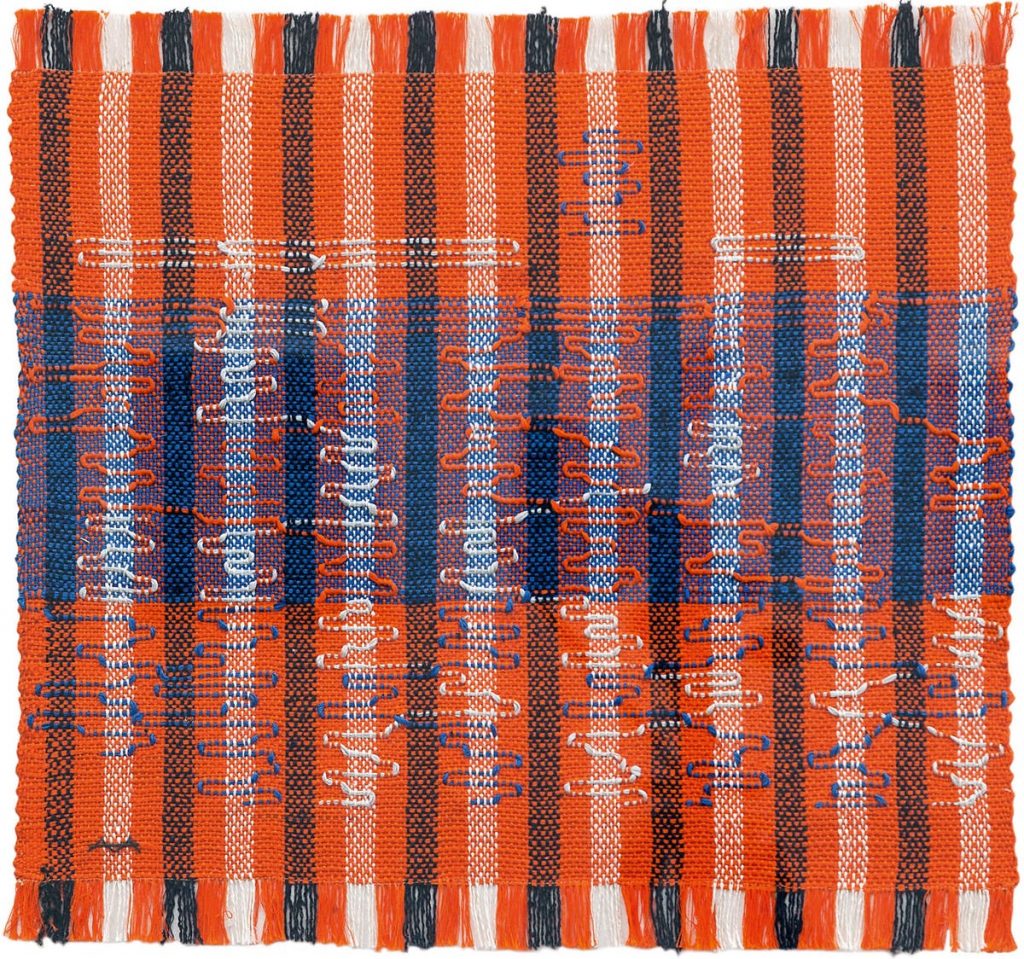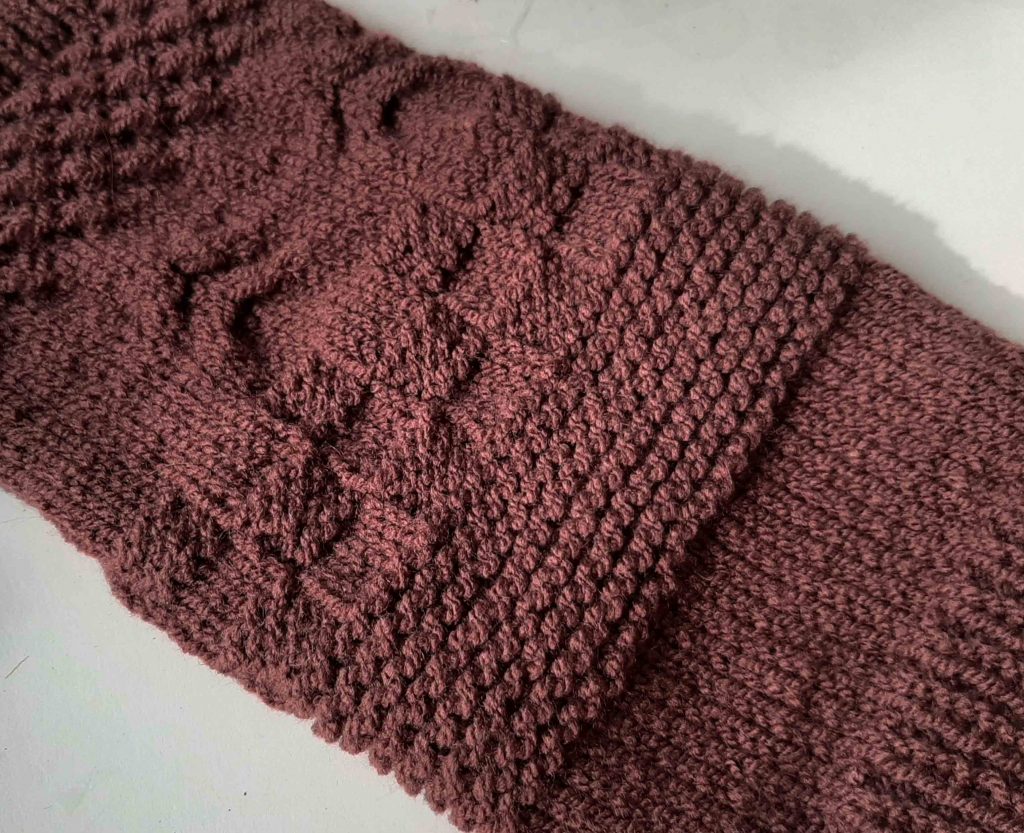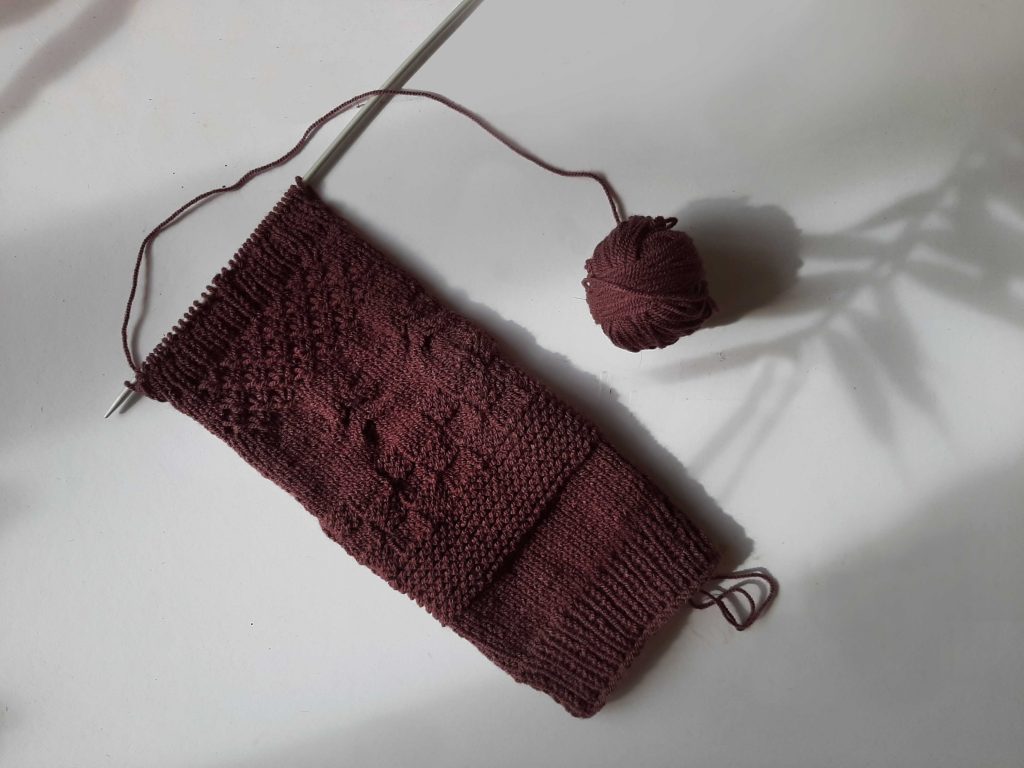Action 7 | Grad Studio I
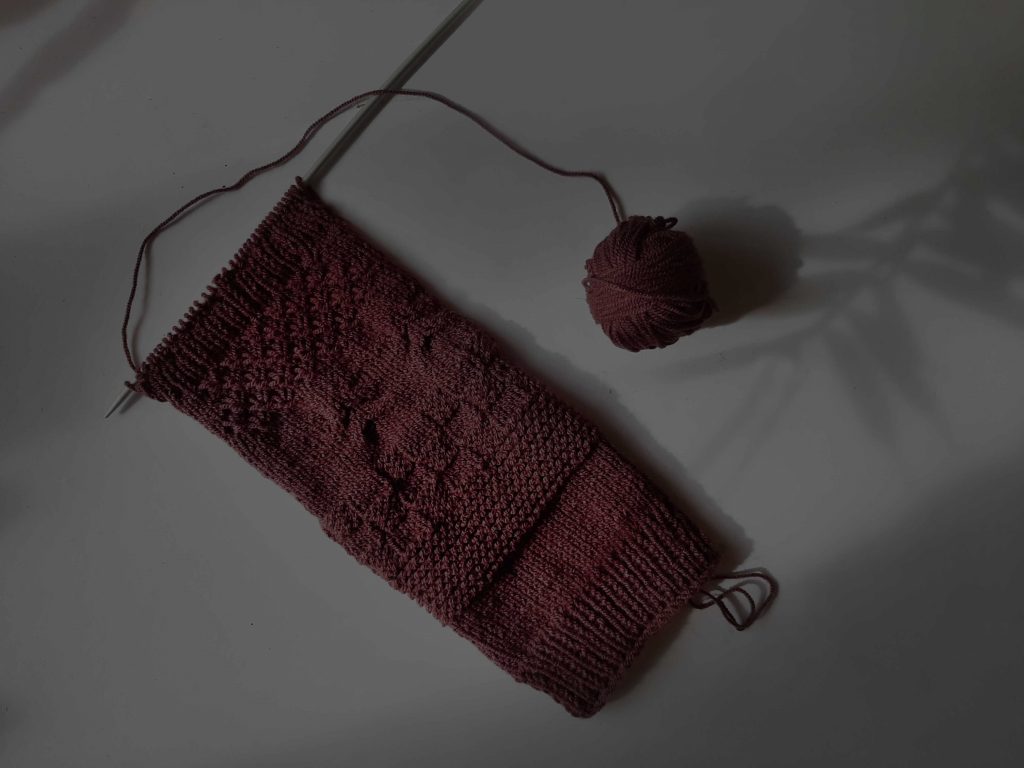
After I finished my action 6, I started thinking about my reflections. I had some ideas on how to direct my practice towards the next action, and one thing all my ideas had in common was exploring the intersection of materiality(physical) and the invisible (the digital). After my 1:1 session with Zach, however, this idea shifted a bit. He suggested that I pause here and go back to craft instead.
As I was thinking about crafts, a group of my friends was setting a long-overdue reunion to meet up after months of lockdown. During the chats in our virtual group, one of my friends, who is a very skilled knitter(Arghavan, let’s call her A), was joking about how she wants to bring her knitting with herself to the gathering and continue it there. In this ‘joke’ I realized was a potential for a co-creation session! So I asked the other two to also bring the tools for any type of craft work they wanted to do in this session
On the day of the gathering, I packed my knitting needles and yarn and went to my friend’s house (we met up on the roof #covidtimes!). After a long catch-up, I told my friends to start their crafting process. At first, I wanted to give them a cue on what to create, but I decided to let them wing it.
Let’s Craft
Arghavan started to remind me of the basics of knitting. I had learned knitting from my mom when I was a kid. Throughout the years, I forgot most of the techniques, but as she started explaining, It all started coming back to me. In no time, I started knitting on my own without her help.
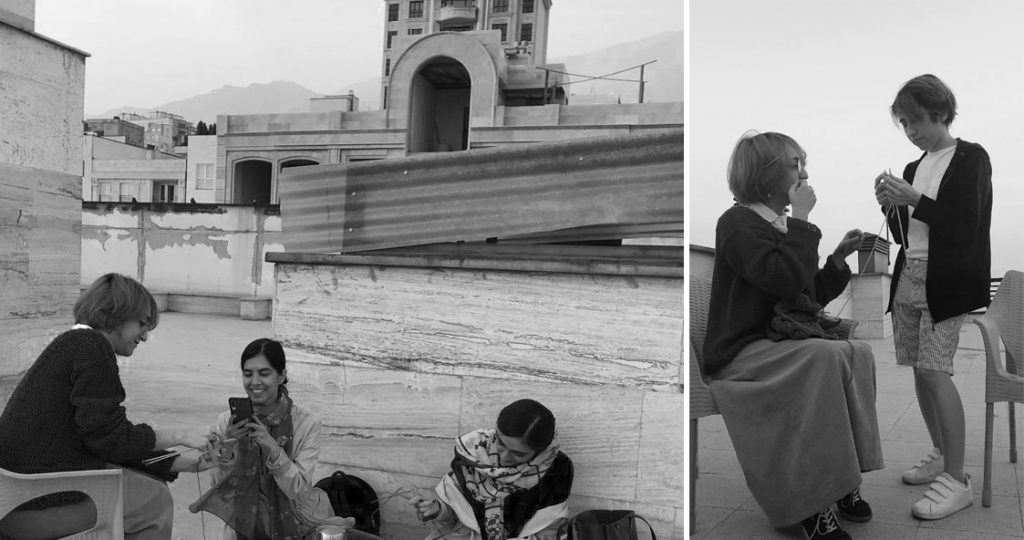
The identity of craft workers: Is craft woman?
As we were doing this co-creation, I realized that virtually all the people I know who have craftwork skills such as knitting, sewing, and textiles are female. I don’t even know a single male who has ever expressed interest in learning knitting or quilting. Technically, crafting means creating and making with your hands, but traditionally some forms of craft have been gendered female. The exceptions of women in craft are vastly different than men. Unsrpisrisngly, the “male” crafts such as woodworking and metalsmithing have become artistic and designerly ways of making in the modern world. On the other hand, “female crafts” such as textile, quilting, and embroidery, have been reduced to just a hobby. This is part of a larger issue that centers on gender and artistic mediums.
Anni Albers was a German-American textile artist and printmaker whose work stood on the lines between traditional craft and art. She worked at Bauhaus alongside famous artists of the time like Paul Klee and Kandinsky, yet I never heard of her in my four years of design education. Her contributions to modern art were marginalized not only because she was a female artist but also because she had chosen an unconventional medium that was seen as a second-class medium.
“There’s one piece of hers, a very fragile silk weaving, that she described as one of her masterpieces,” says Ann Coxon, curator of international art at Tate Modern.
Craft as an intricate mode of making and thinking
While observing this co-creation session on the roof with my friends, something was quite clear. Knitting was a complex form of making; Using a non-elastic and one-dimensional thread to create an elastic three-dimensional work. Even the simple techniques took focus, effort, and skill. It is far more than following a simple pattern. It is both a technical and creative skill.

What does craft mean to you?
I asked everybody to tell me what craftwork meant to them, what’s their relationship with it, and what do they care about when crafting.
1- Craftwork is a mode of:
Z: Meditation, Creative expression
A: Meditation, transforming anxiety into a creative piece of work, and owning something that completely fits my style
H: Creativity, and being expressive, Care
K: Creative process, Nostalgia, Storytelling
2- What do you care about when crafting?
Z: Aesthetics (color + pattern), memories and moments while making the craft, physical touch
A: The process, Concentrating on breath and movements
H: The process, and also the final result, how it looks and what it expresses.
K: The feel of the material, Freeing sensation
3- What’s your story with craft? (Read the full stories here)
Z: “… Craft for me is a safe space that I can immerse myself into without stressing out about the possible result or the process”.
A: “… my mind goes unburdened from daily tasks when my hands are busy with a rather difficult pattern and I start concentrating more on my breath and my movements.”
H: “… Being a kid I’ve always loved to make crafts for myself and people around me, and I think that was a way of expressing my feelings.”
K: “In a high-paced life, craft slows things down, brings awareness, and lets me explore making through a calm process.”
Reflections: The value of craft in the digital world
1- In the era of digitalization, people’s sense of materiality is being jeopardized. We are relying mostly on vision and sound, without making full use of touch. Even the physical products around us mostly have flat, clean, and smooth surfaces. Craft informs our relationship with materials and is part of the answer to our quest of seeking tangible and real materials.
2- Craft is an experience of intuition, trial & error, and embodied knowledge. Craft makes us physically aware, it makes us concentrate and lets us explore making and playing with the materials through our hands. Even though it’s complicated in patterns, once you master a skill, you can hardly forget it.
3- Craft ties us to our history. Craft is a data storage of stories, traditions, and knowledge. For many, this knowledge was passed on from generation to generation.
4- Craft is a tactile process. No matter the outcome, one thing that was clear through our talks was how everyone valued the process of craft more than its actual results. Craft is a language of material and making.
Craft Is Knowledge: Knitting as tactile coding
When I got back home, I showed my mom the knitting and asked her to teach me a few more patterns. As she was going through the different patterns, It made me think about the similarities between coding and knitting; they both have inputs, outputs, and loops. Similar to code, knitting is both technical and creative.
